Pre-colonial Africa
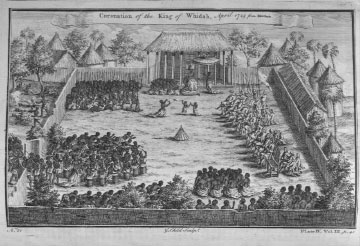
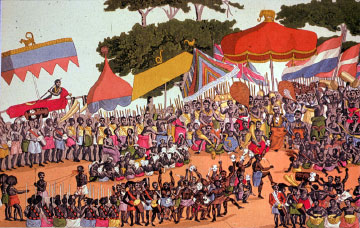
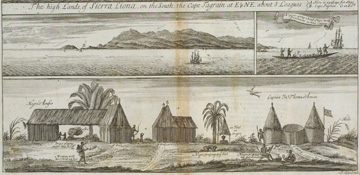
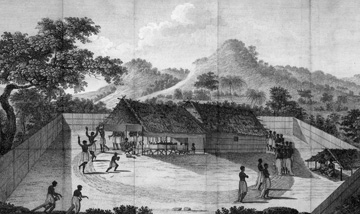
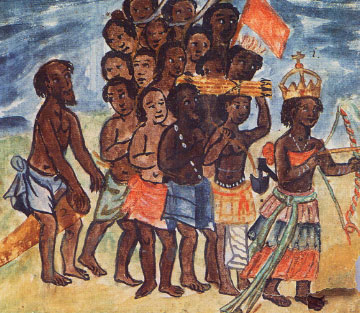
By the fifteenth century, Africa was home to hundreds of vibrant, dynamic cultures populating all parts of the vast continent. Within those regions we today call West or Central Africa, for example, diverse groups distinguished themselves from one another through a complex range and combination of languages, religions, arts, technologies, and evolving worldviews.
Ancient trade routes crisscrossed the continent, many of them pathways for the movement of local and international commerce and enslaved people. African traders linked routes from the west coast to distant communities of the Nile and the Red Sea. Similarly, trade routes traversed north and south, linking the Sahara with the savanna to the south, as well as to the forested regions of the continent.
The best known of these ancient trade routes were those crossing the Sahara. For centuries, caravans of Arab and Berber traders transported African captives from sub-Saharan Africa, trekking along a series of arduous stages to the slave markets of North Africa, the Mediterranean, Asia, and Europe. From the eighth century, demand for African slaves was accentuated by the spread of Islam. The vast networks of trade routes controlled by muslims were used to capture people and transport African captives far from their homelands.
Islamic religion penetrated ever farther south, deep into West Africa, along the East African coast, and far into the African interior. Thus, its traders forged new trading links, providing goods from Europe and the East, which Africans exchanged for their exports, including slaves. North African muslims created networks of trade that spanned a vast area of sub-Saharan Africa. African societies were ensnared by foreign slavers on the trading routes and forcibly marched in camel caravans across the Sahara Desert, often enormous distances, to markets in the north.
The trans-Saharan routes were broken into small sectors, with goods and people bartered and sold multiple times to new traders en route. The end result was that African captives were transported from deep in the continent to the edge of the Mediterranean, and even onward to Europe and to the empires of the Eastern Mediterranean. Berber and Arab trading routes created noticeable African ethnic groups in many major towns around the Mediterranean, from Cairo to Istanbul.
Traders moved African captives north along the trade routes of the Nile and sold them in Cairo’s slave markets (both to local slave owners and for onward sale). Many were women, destined for lives as domestic slaves and concubines. These internal trading routes were not devoted solely to the movement of slaves: they were trade routes along which a host of African commodities, ivory, for example, were transported north from Africa. Enslaved Africans were often forced to work as porters, carrying other goods being transported north. This trading system survived into the twentieth century.
European traders and sailors benefitted from these links when they began to trade along the coast in the fifteenth century, acquiring goods—and people—who were captured from the interior and brought to the Atlantic coast via the African traders’ inland trading systems. The Portuguese were originally attracted by the possibility of trading with coastal peoples for gold. In time, the desire for labor in the colonies caused Europeans to demand African laborers to work on their plantations in the Americas and Caribbean. The Atlantic slave trade lasted 366 years, but many Saharan trade routes survived for the better part of a millennium.






